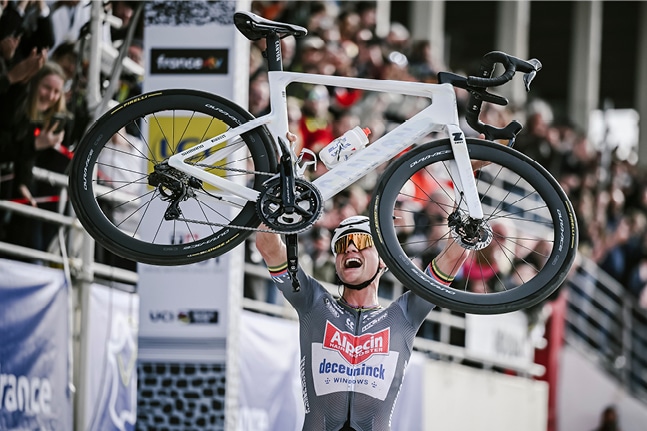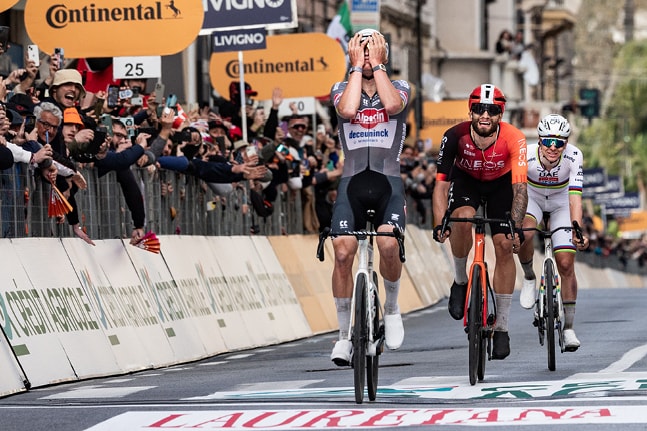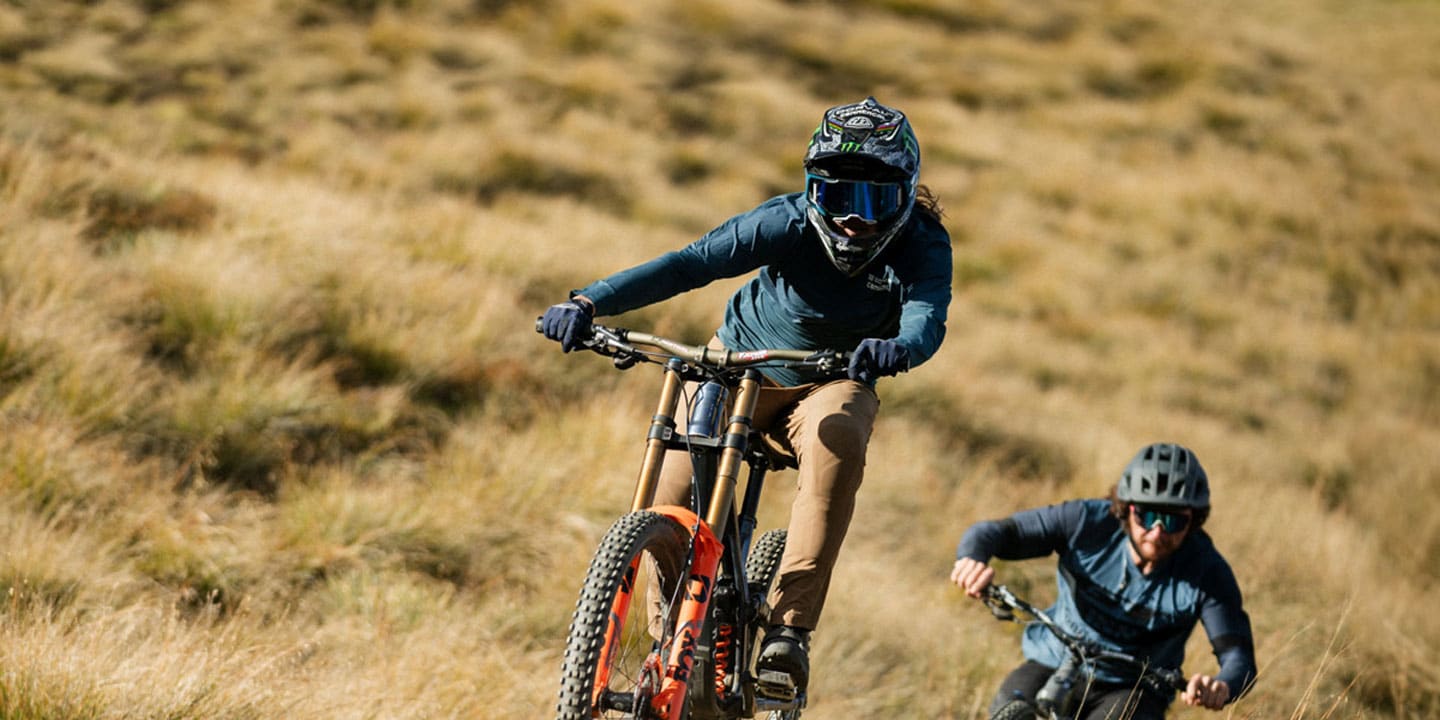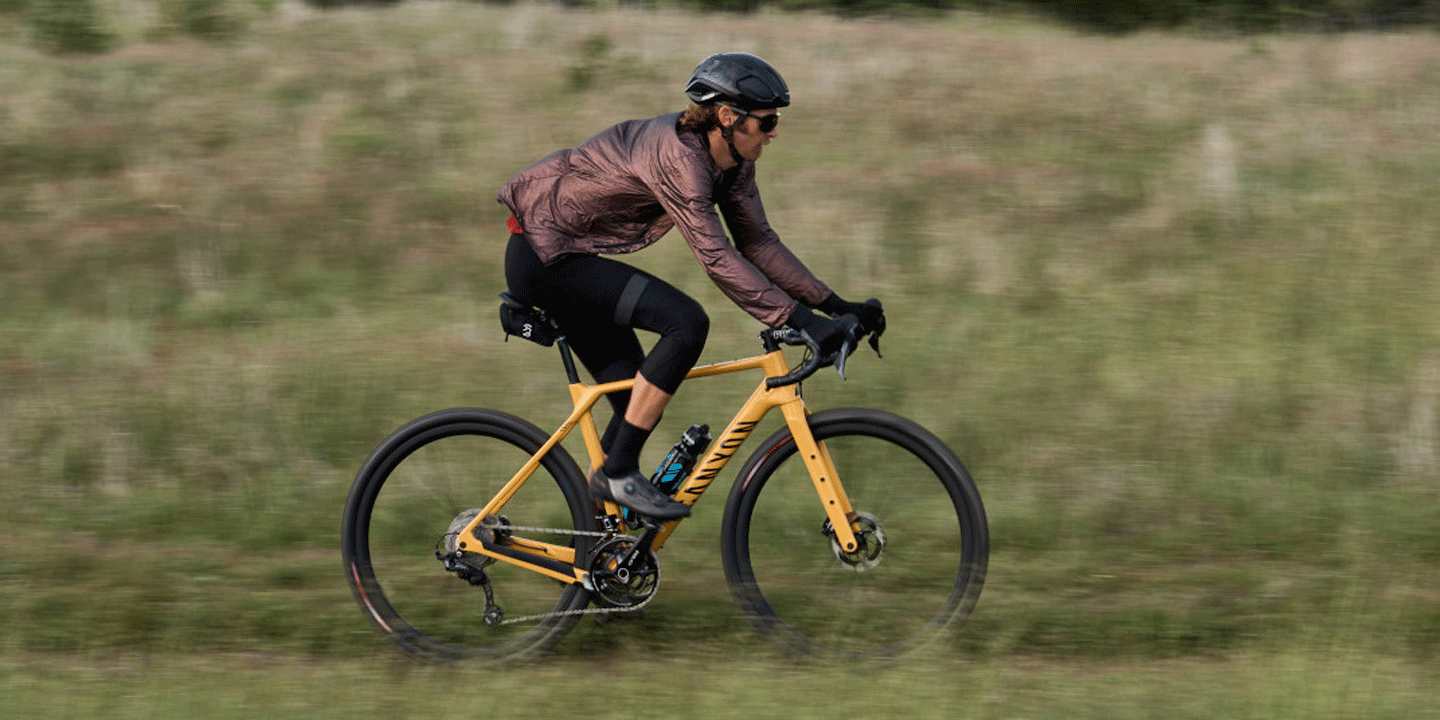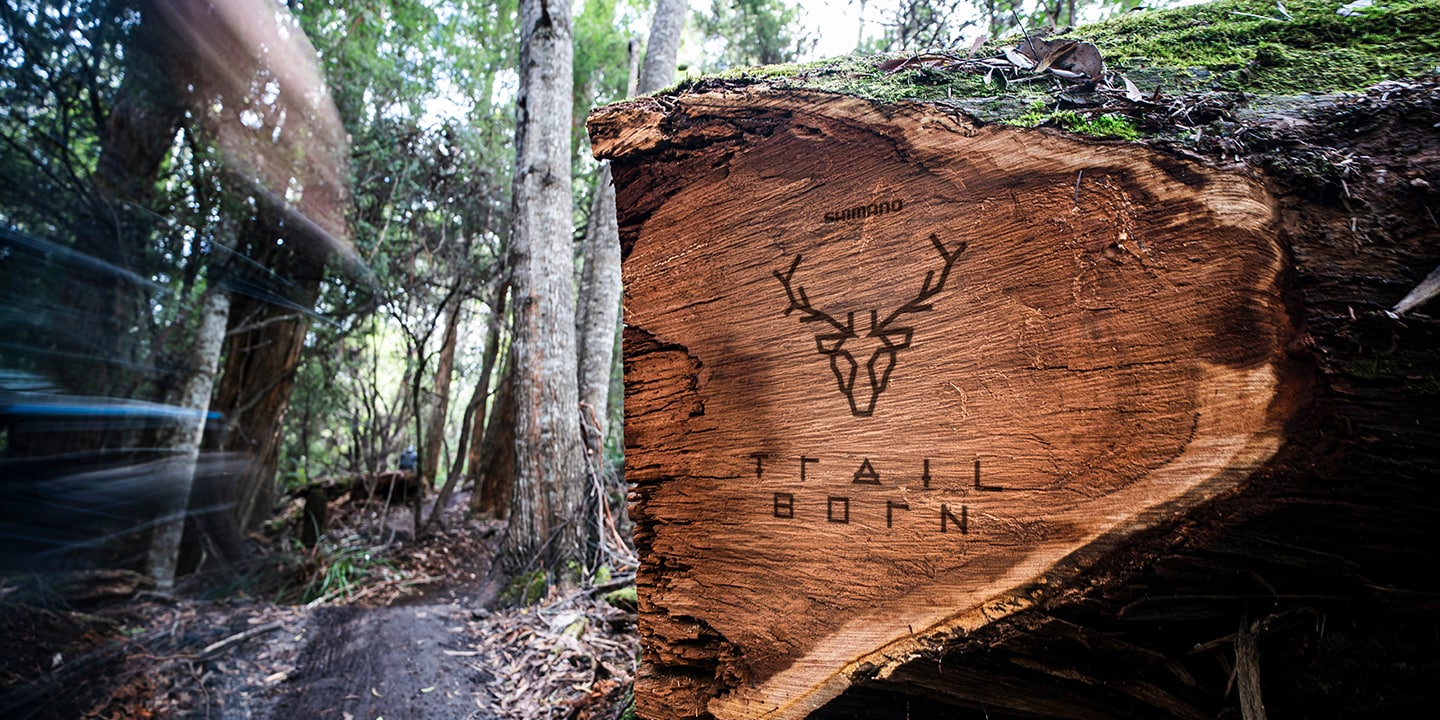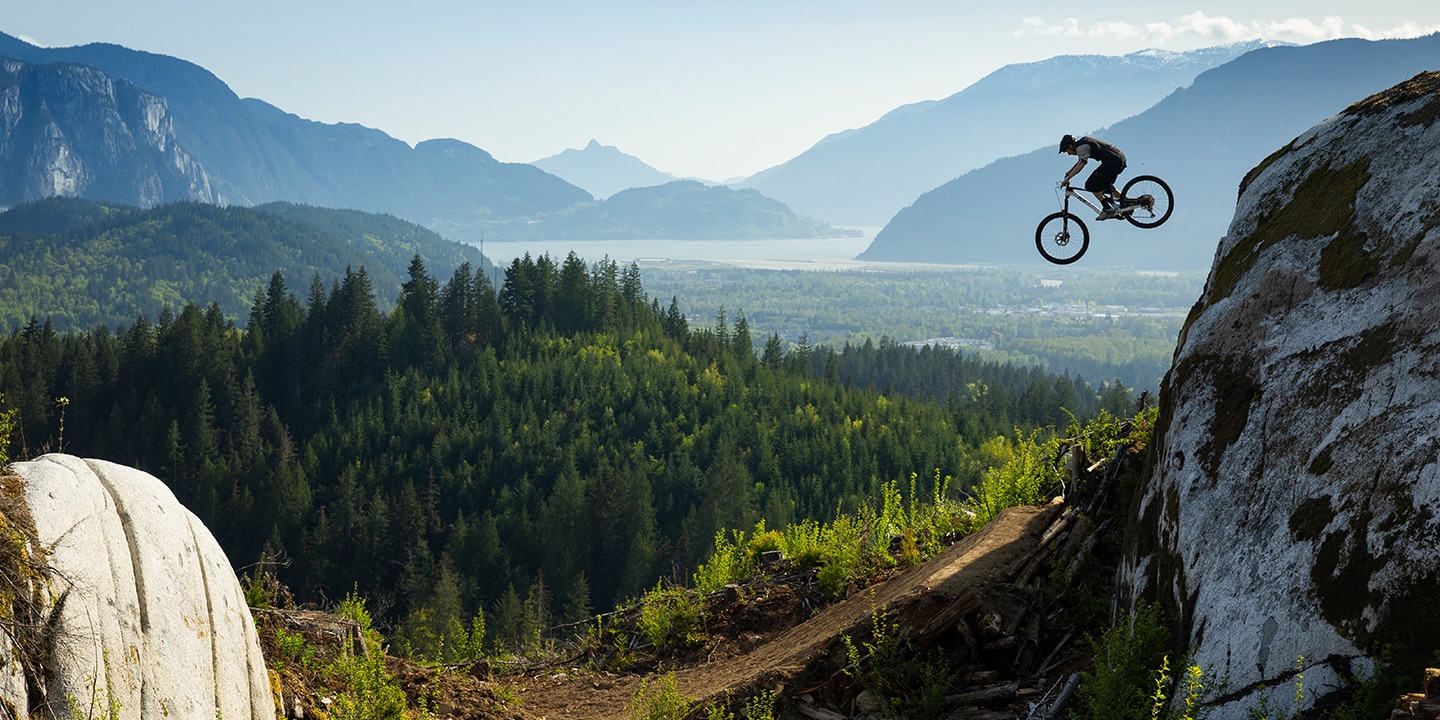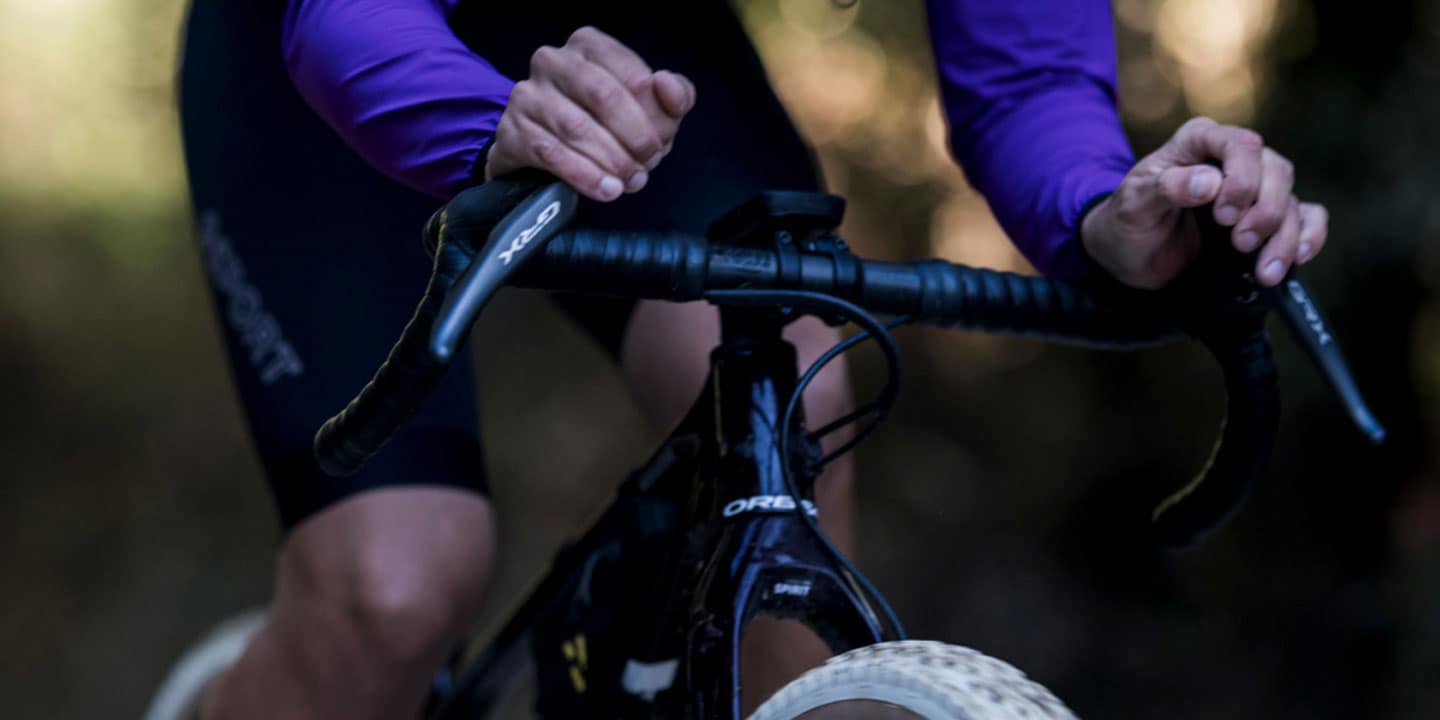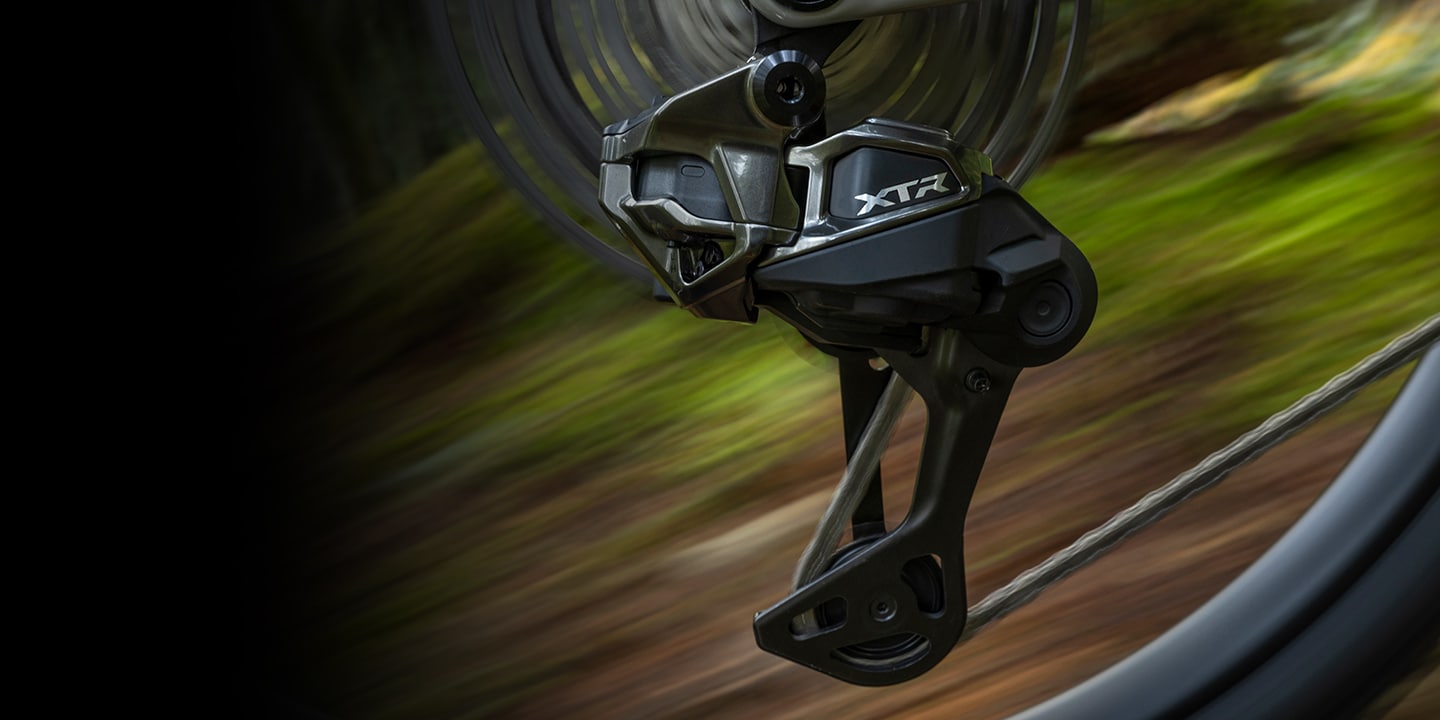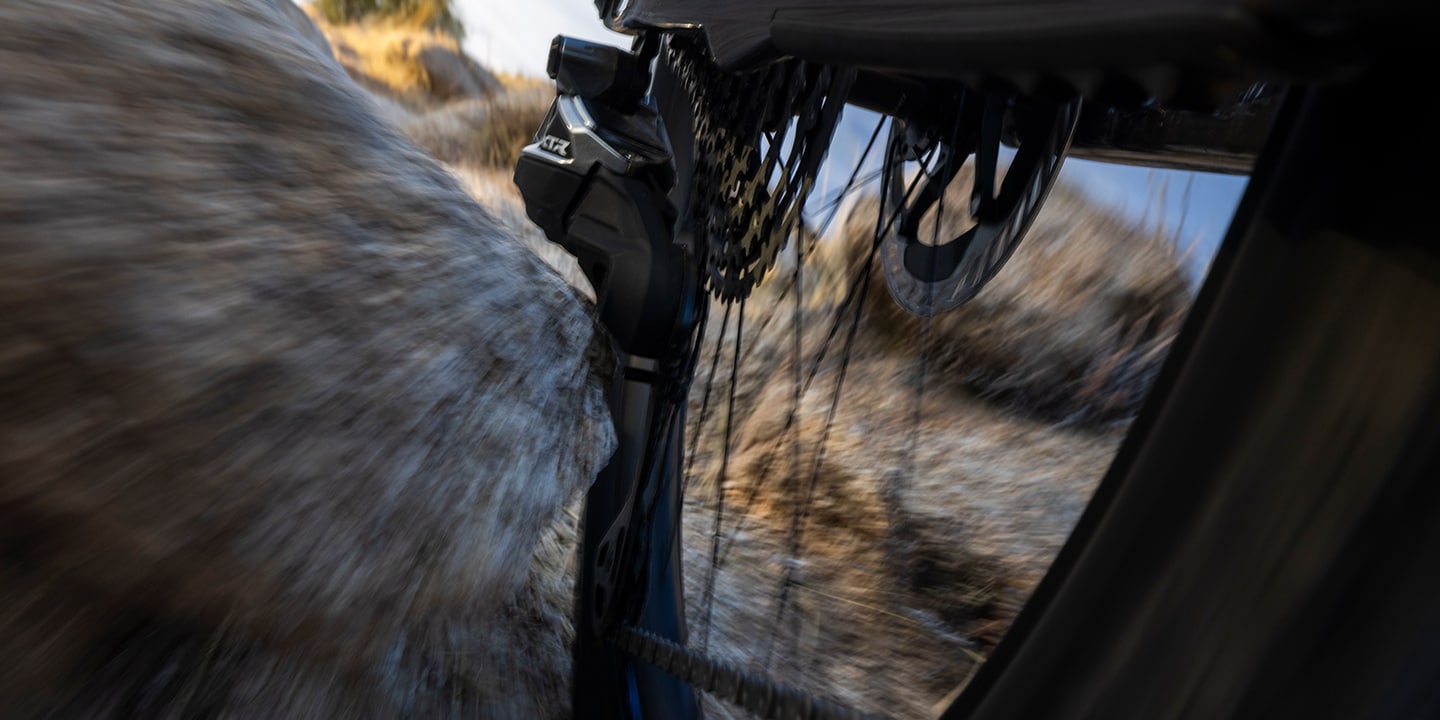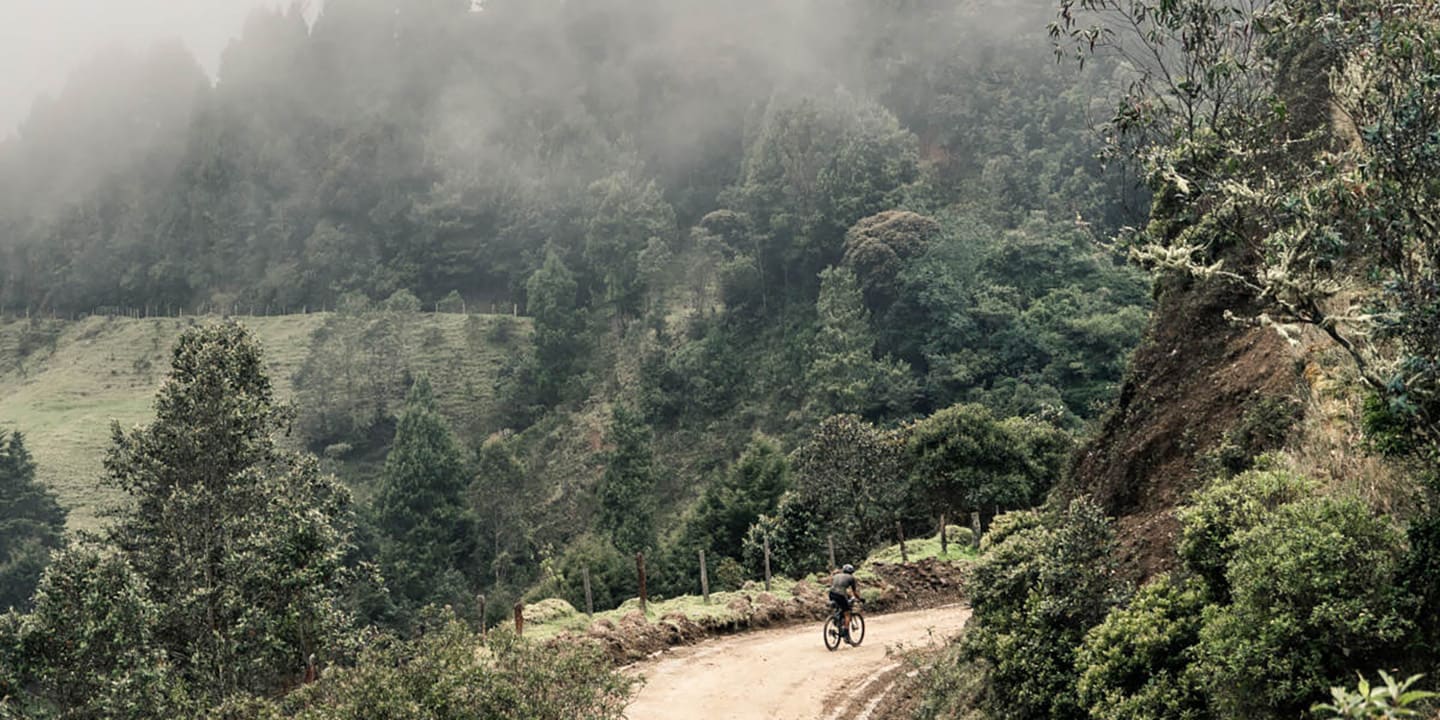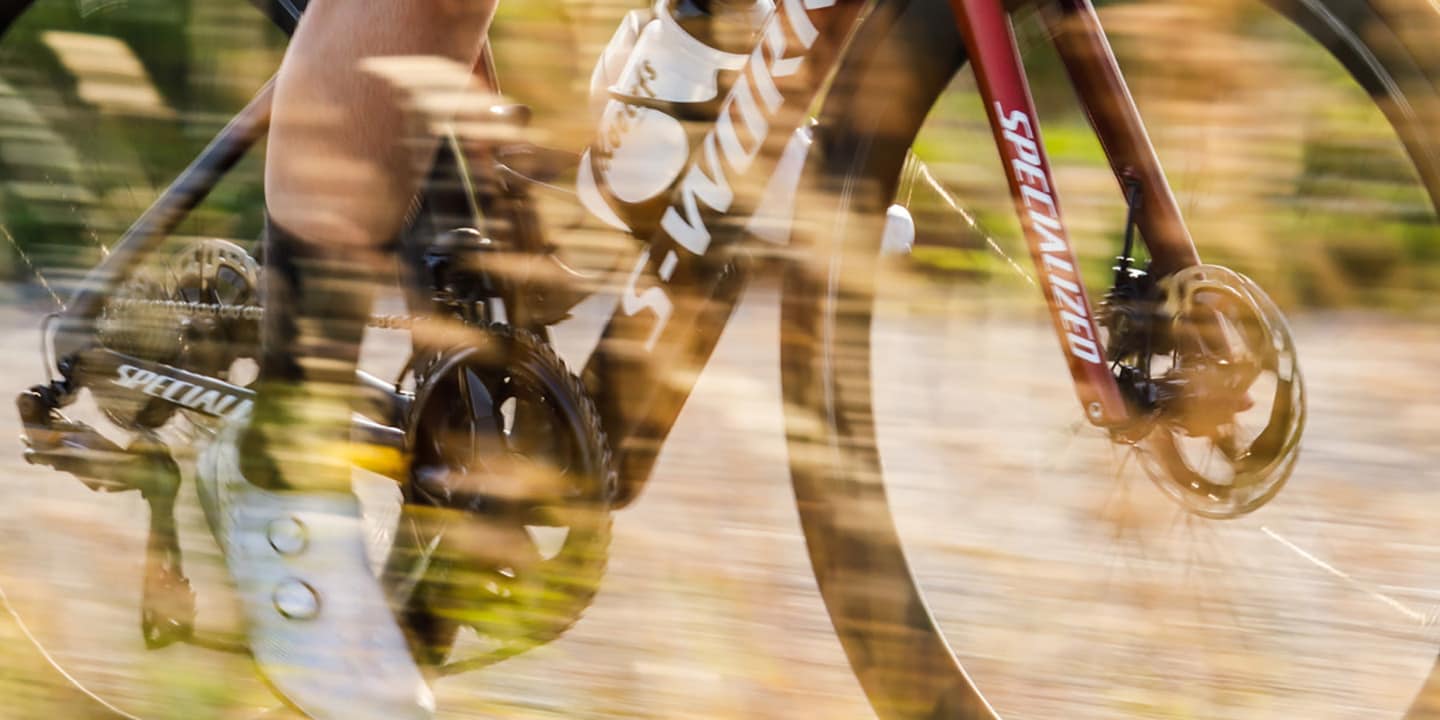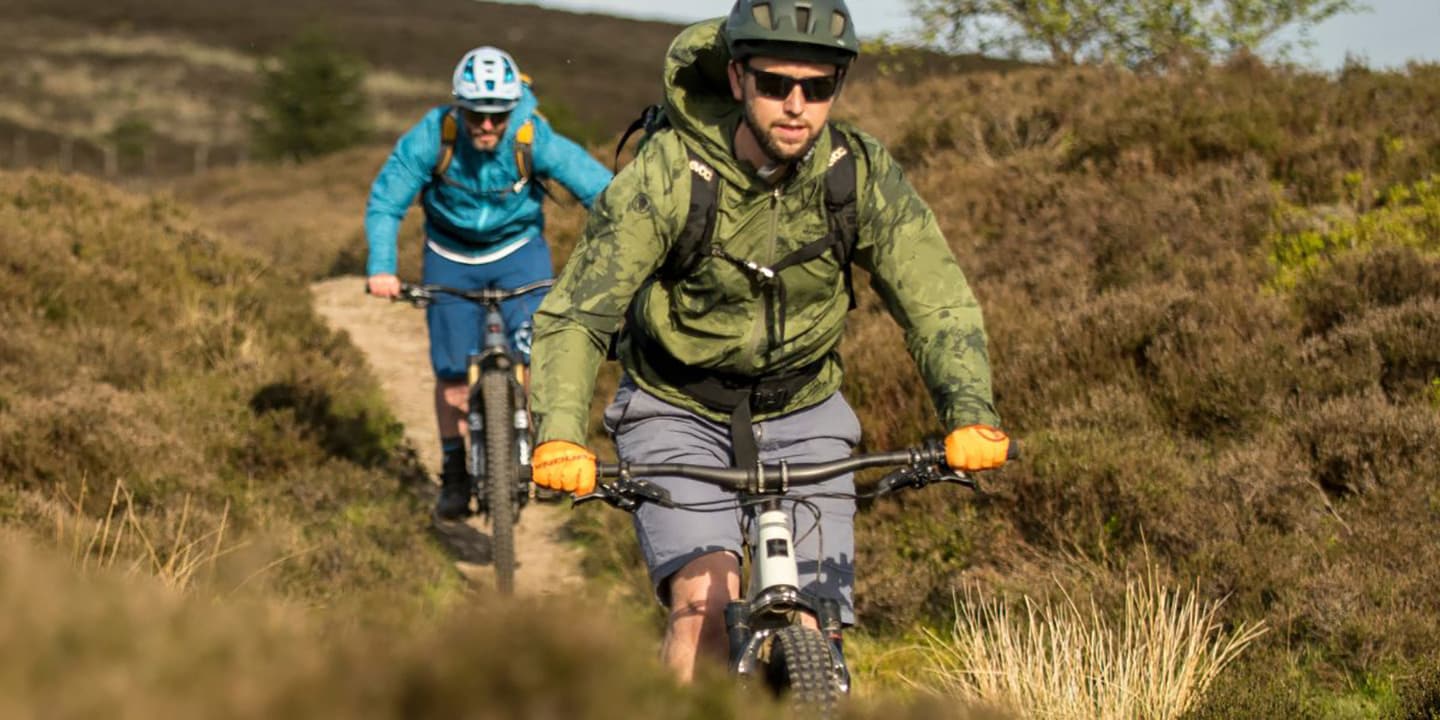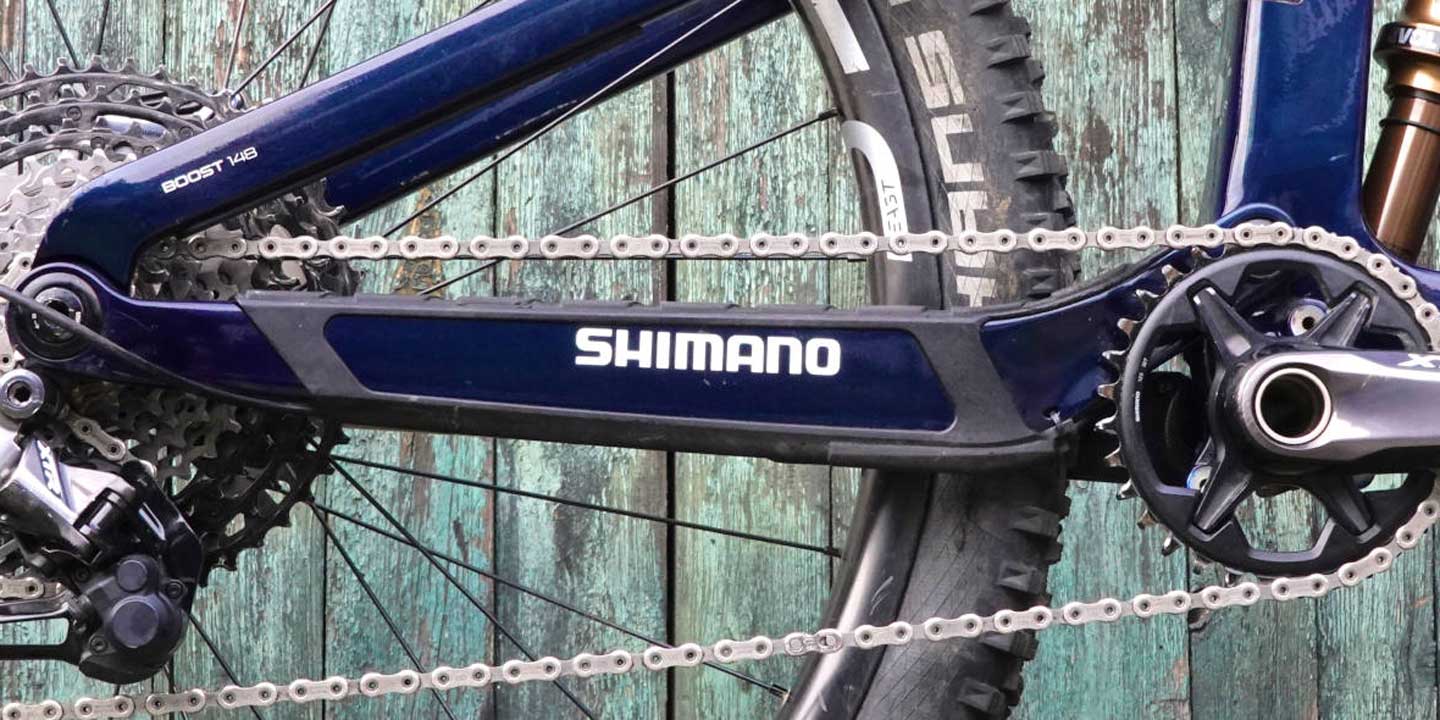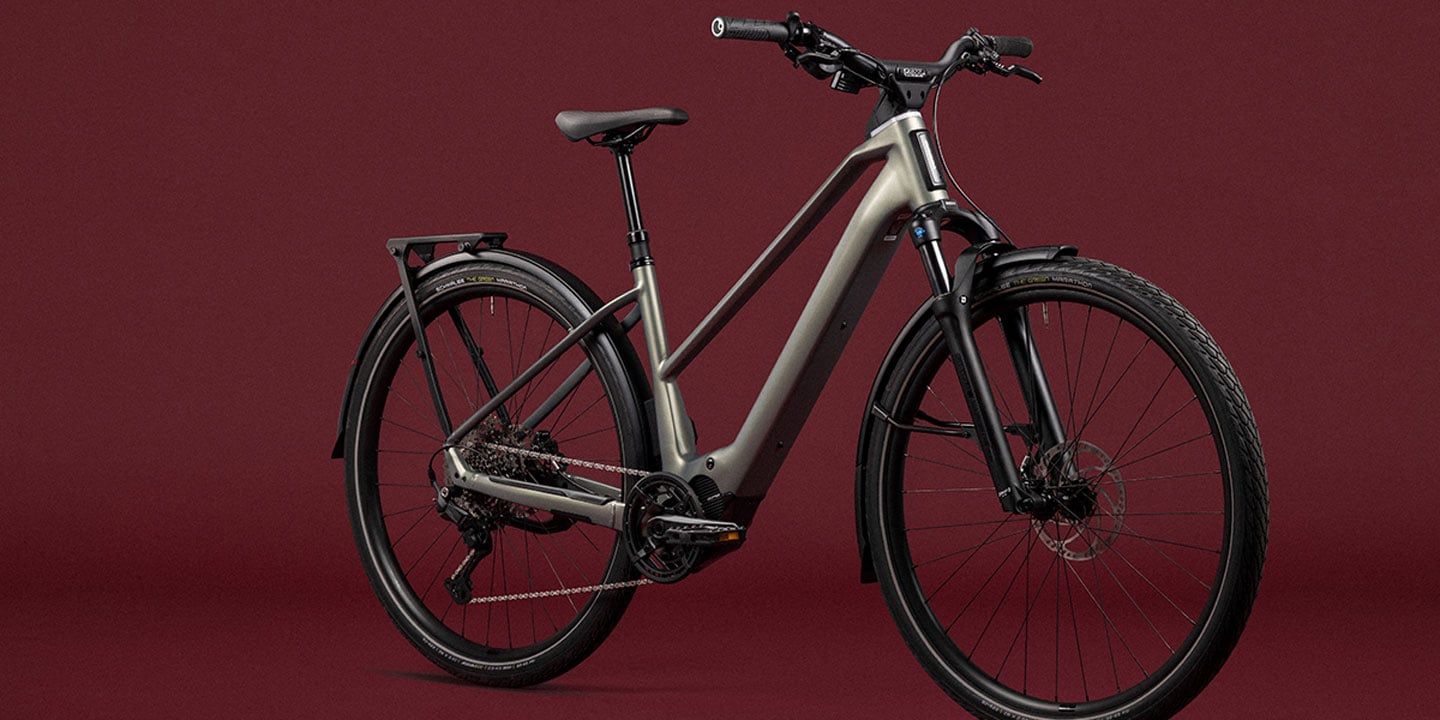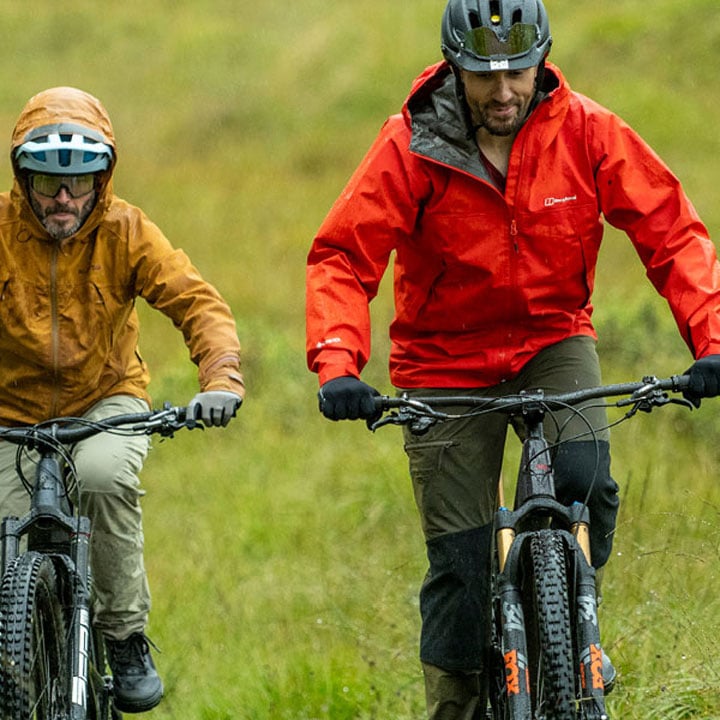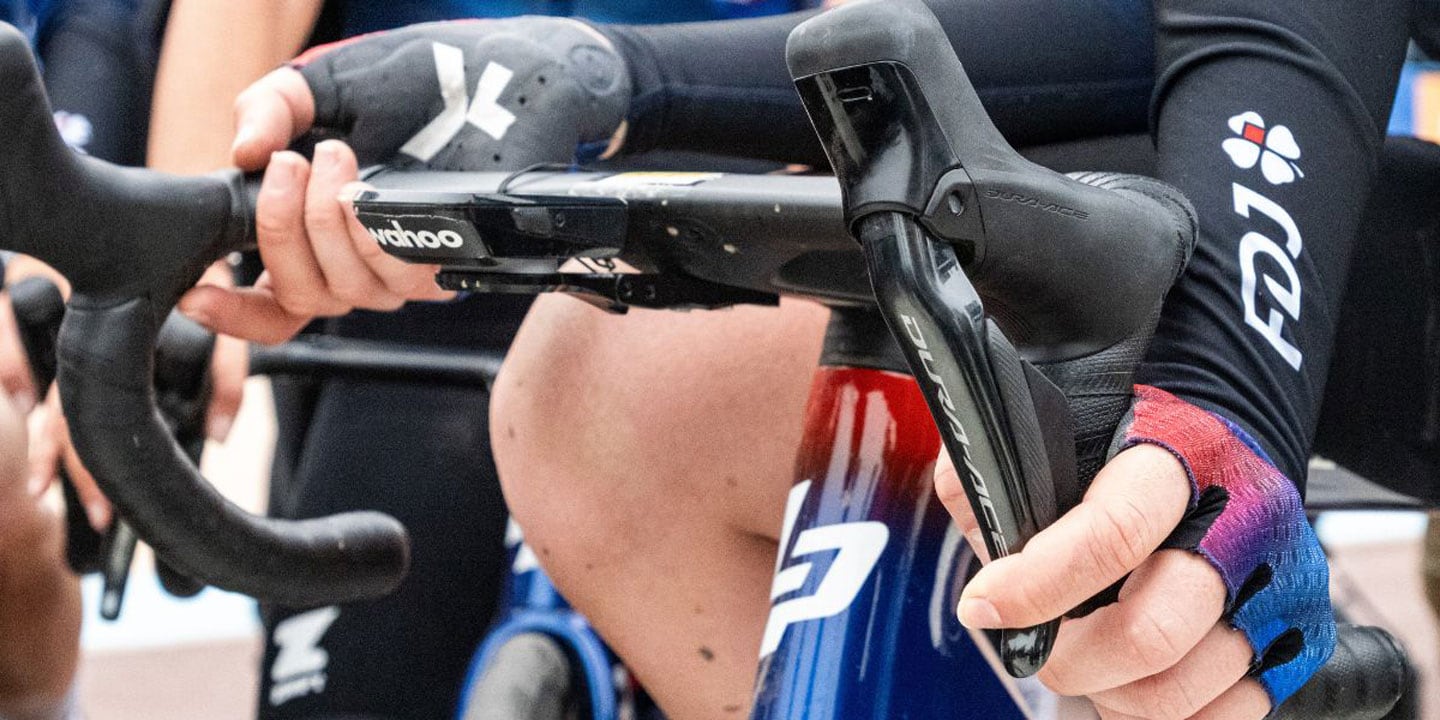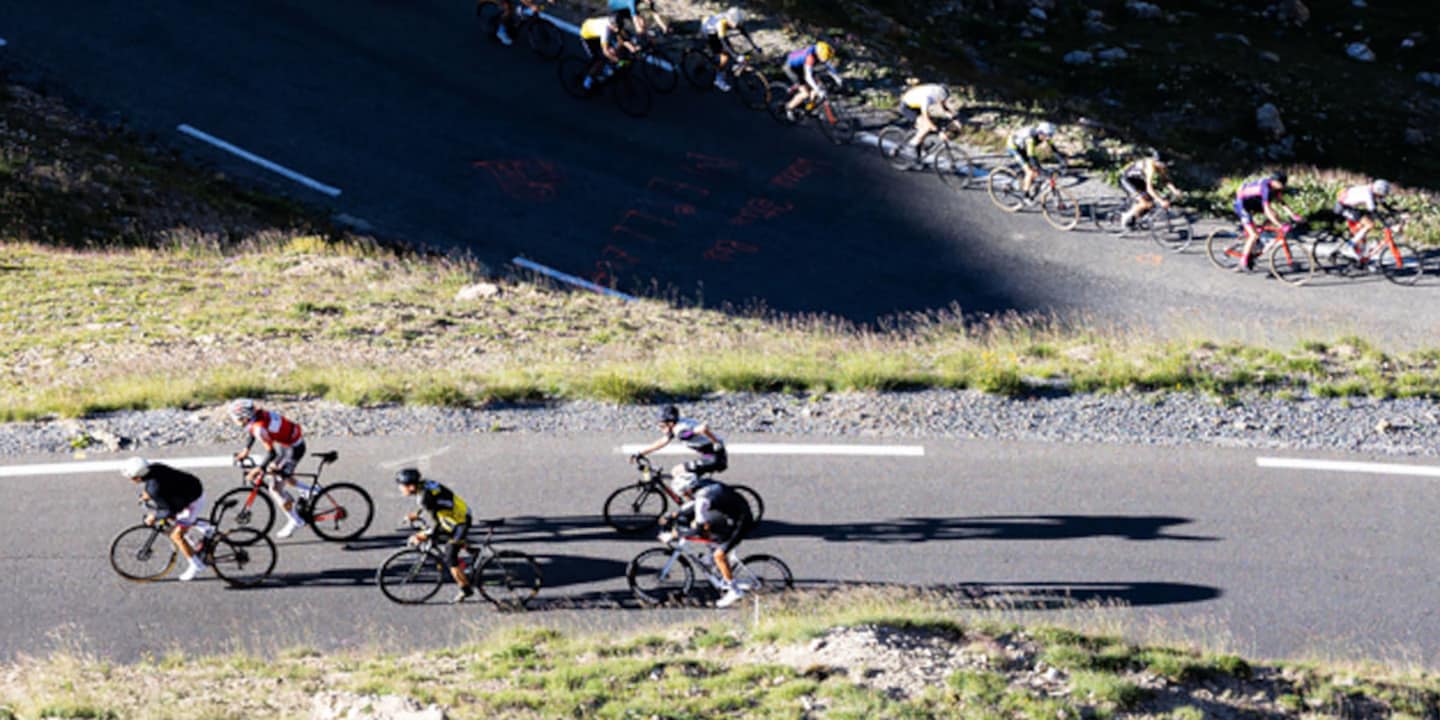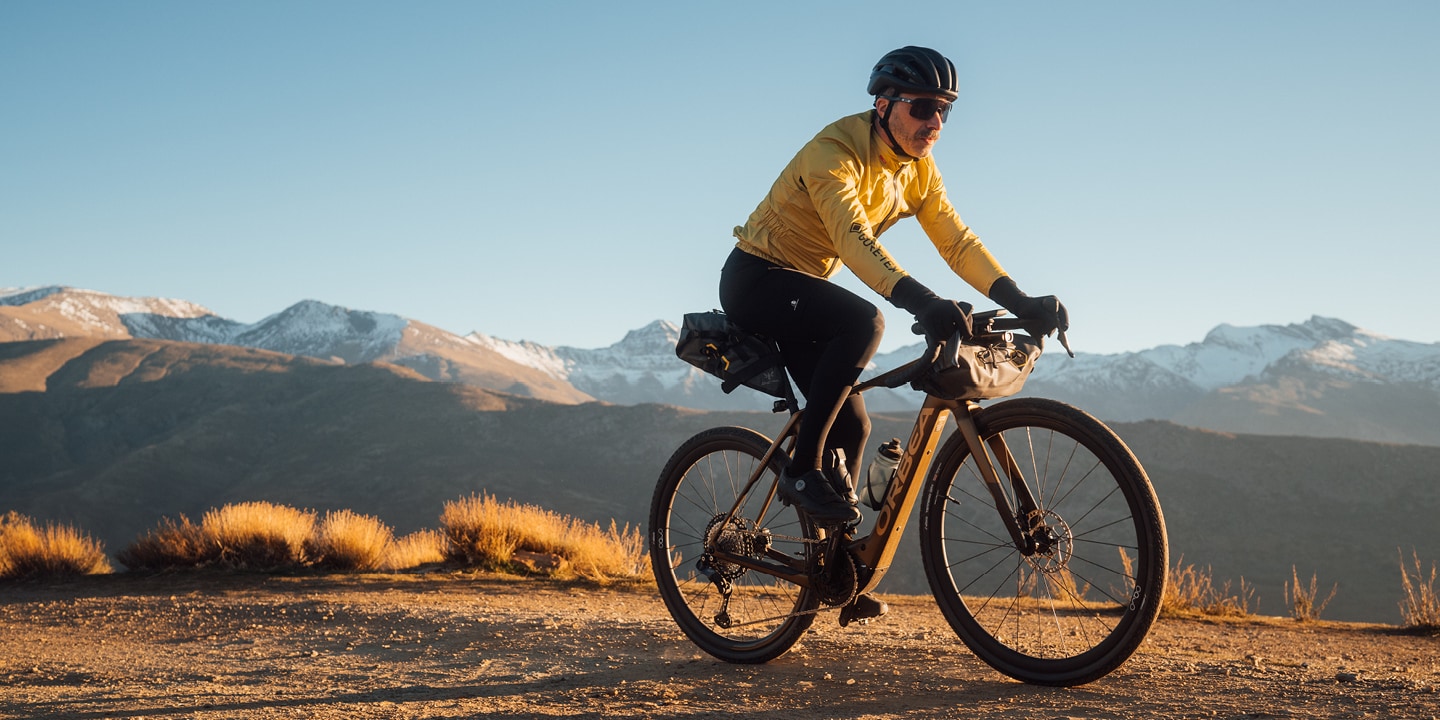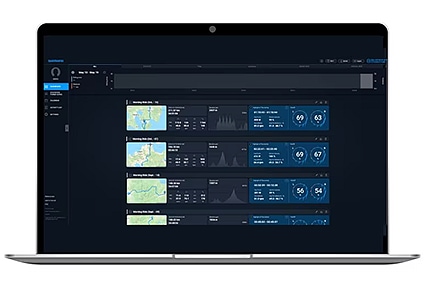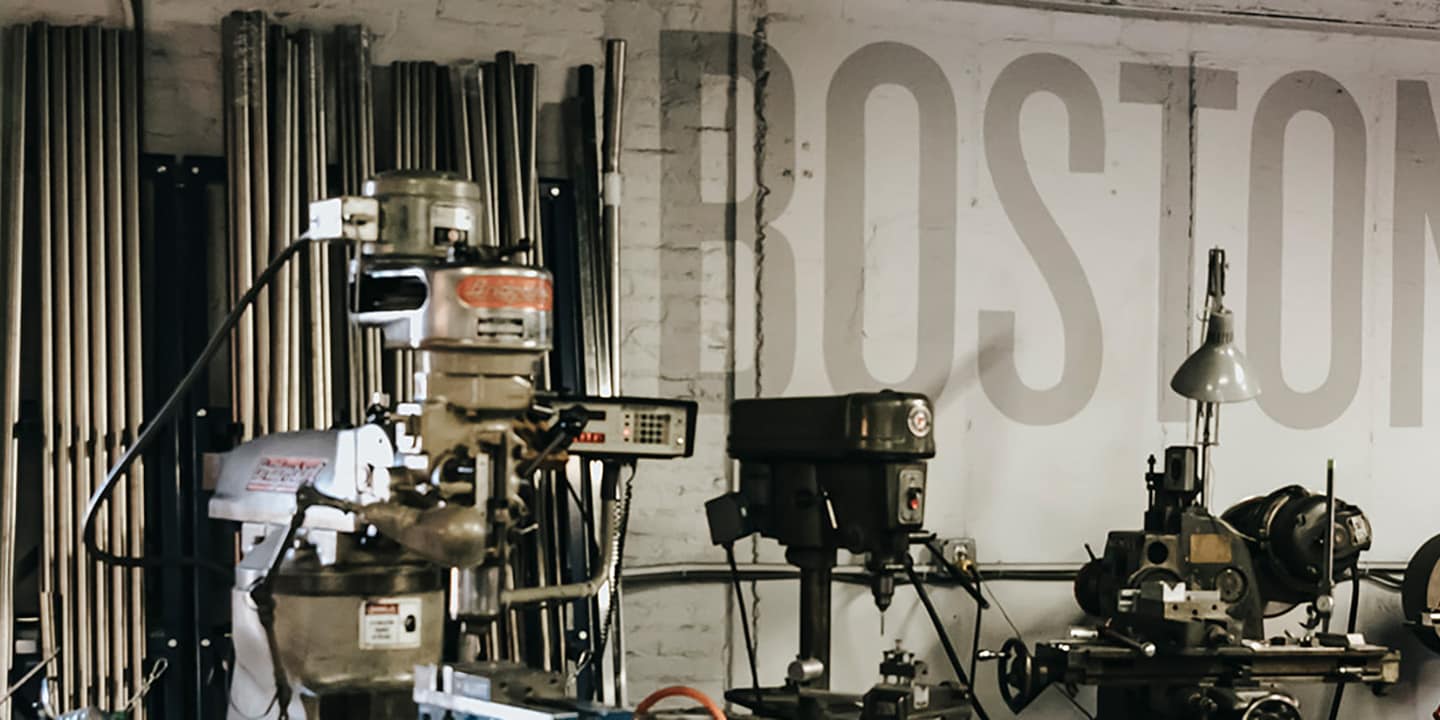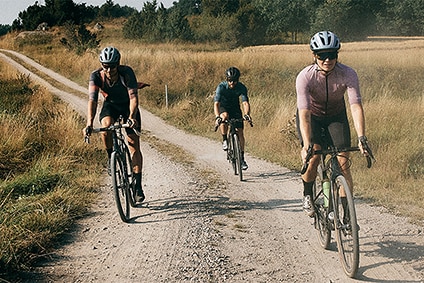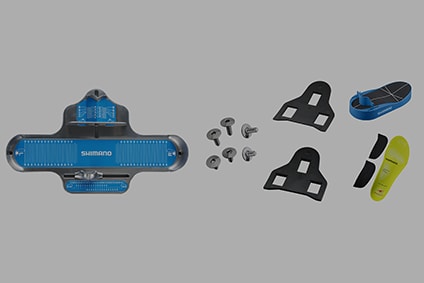-

- SHIMANO amplía la familia GRX con los componentes RX717
- Ofrecemos más opciones de GRX Di2 1x12 velocidades asequibles
- 16/12/2025
SELECT LOCATION AND LANGUAGE
GLOBAL
AMERICAS
-
BELGIUM
FRANÇAIS
-
BELGIUM
NEDERLANDS
-
NETHERLANDS
NEDERLANDS
-
SWITZERLAND
DEUTSCH
-
SWITZERLAND
FRANÇAIS
-
SWITZERLAND
ITALIANO
-
AUSTRIA
DEUTSCH
-
FRANCE
FRANÇAIS
-
GERMANY
DEUTSCH
-
ITALY
ITALIANO
-
SPAIN
ESPAÑOL
-
PORTUGAL
PORTUGUÊS
-
POLAND
POLSKI
-
UNITED KINGDOM
ENGLISH
-
SWEDEN
SVENSKA
-
DENMARK
DANSK
-
NORWAY
NORSK
-
FINLAND
SUOMI
EUROPE
ASIA
OCEANIA
¿CUATRO O DOS PISTONES? ¿POTENCIA O PESO?
A la hora de elegir los frenos SHIMANO de MTB, tienes muchas opciones, pero ningún drama.
Elegir el equipamiento para tu bicicleta puede parecer una tarea interminable; un cúmulo de preguntas, opciones y decisiones. ¿Qué necesito? ¿Qué quiero? ¿Qué puedo permitirme?
Si practicas o compites en descenso, los cuatros pistones son la decisión adecuada. Estos potentes frenos tienen su origen y desarrollo en esta disciplina y los frenos de cuatro pistones SAINT y ZEE de SHIMANO son perfectos para ello.
Sin embargo, si eliges entre los frenos XTR, DEORE XT, SLX o DEORE, tienes la opción de dos o cuatro pistones.
El modelo de tecnología "trickle down" de SHIMANO significa que todos estos grupos utilizan la misma tecnología, simplemente están diseñadas para diferentes segmentos de precios. Por tanto, ya elijas frenos XTR de la gama más alta, o frenos DEORE de gama inferior, el razonamiento para decidir entre dos o cuatro pistones es el mismo y el rendimiento será similar.
Si no estás seguro de cuál es la opción correcta para ti, los chicos de Global Mountain Bike han preparado esta megapelícula explicando las diferencias. Dale al Play para la lección de frenos y no te pierdas estas impresionantes imágenes.
Si estás perdido en la belleza de las colinas de Shropshire y te has perdido la información, aquí tienes un resumen de qué, quién, dónde, cuándo y el por qué de la elección entre frenos de 2 y 4 pistones:
DOS PISTONES
¿Qué? No es una pregunta trampa, es muy sencillo, son dos pistones (uno a cada lado de la pinza). Menos pistones significa pastillas de freno más pequeñas y menor área de contacto sobre el disco. También significa menos peso. La pinza de freno de dos pistones más alta de gama es la XTR y pesa solo 87 gr.
¿Quién? Ciclistas y competidores de XC. Un freno ligero supone menos peso para el ciclista y la bicicleta. Piensa en Maja Wloszczowska y Mathias Fluckiger.
¿Dónde? La conducción de estilo XC puede estar limitada a la competición o largos días en montaña. Pueden ser descensos cortos y agresivos, singletracks fluidos o carreteras forestales rápidas. Los frenos de 2 pistones se adaptarán a estilos muy diferentes de conducción, pero comenzarán a experimentar fatiga en descensos pronunciados y prolongados.
¿Cuándo? Cuando más grande no es mejor, y menos es más. Cuando quieras una conducción de estilo trail, siempre puedes utilizar un disco más grande para mejorar la potencia de frenado.
¿Por qué? Los frenos de 2 pistones están profundamente enraizados en el XC. La principal razón para elegir 2 pistones es el peso. Para las necesidades del XC típico, la potencia que proporcionan es más que suficiente para que un freno ligero suponga una ventaja real.
CUATRO PISTONES
¿Qué? Un sistema de frenos de disco con diseño de pinza de pistones opuestos de doble diámetro que tiene pistones de diferente tamaño en la parte delantera y trasera. El sistema adopta un nuevo sistema de transferencia de potencia en el que el disco del freno se presiona con el pistón de tamaño más pequeño en la entrada del disco y también con el pistón de mayor tamaño y más potencia en la parte trasera. Esto evita el movimiento de oscilación del disco y reduce el ruido de forma significativa.
La pinza de 4 pistones también permite un área de contacto más amplia para el disco, al tiempo que mantiene un tamaño compacto, y la eficaz ubicación de las pastillas se ajusta según sea necesario para estabilizar la presión.
¿Quién? Ciclistas que buscan rutas con más dificultad, más énfasis en los descensos y más potencia de frenado. Ciclistas de trail y competidores de enduro confían en estos potentes 4 pistones. Piensa en Martin Maes y Jill Kiltner.
¿Dónde? Los frenos de 4 pistones acuden a la llamada de las montañas. Rutas largas y pronunciadas que necesitan un frenado potente y constante.
¿Cuándo? Cuando la potencia de frenado es esencial y el peso no es decisivo. Cuándo no estás seguro de la duración del descenso, pero necesitas saber que los frenos responderán hasta el final.
¿Por qué? La razón por la que elegirías frenos de 4 pistones es la potencia. Necesitas potencia si eres un ciclista más pesado en una bicicleta más pesada, que alcanza velocidades más altas en descensos largos.






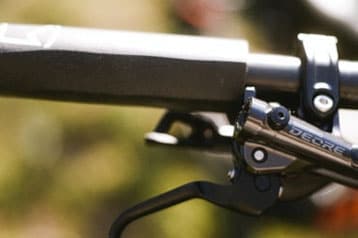
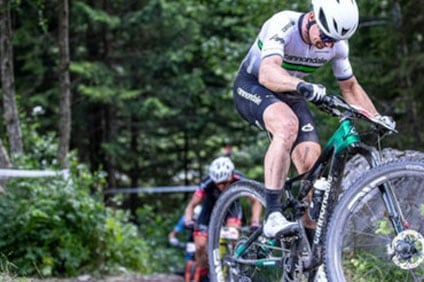

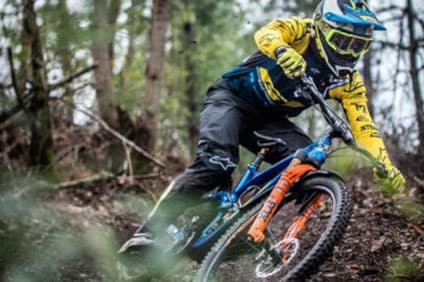























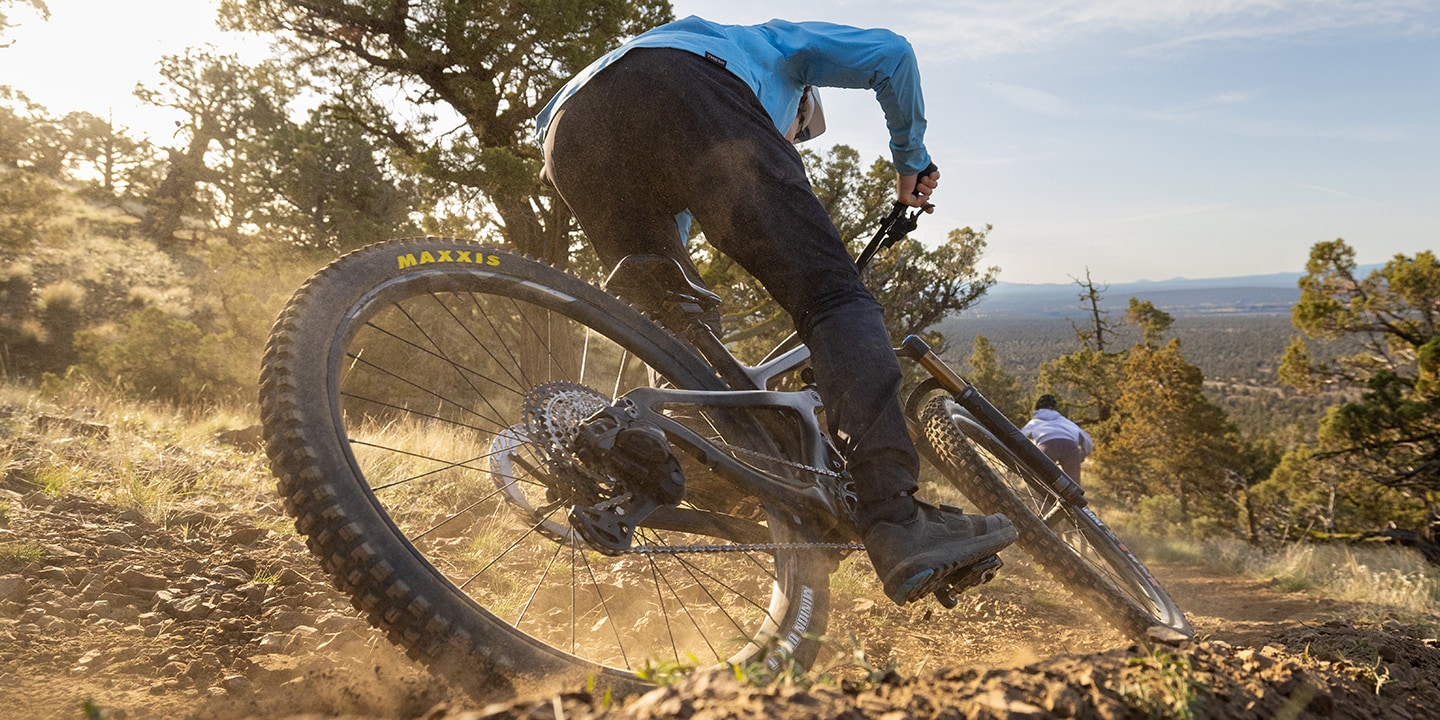


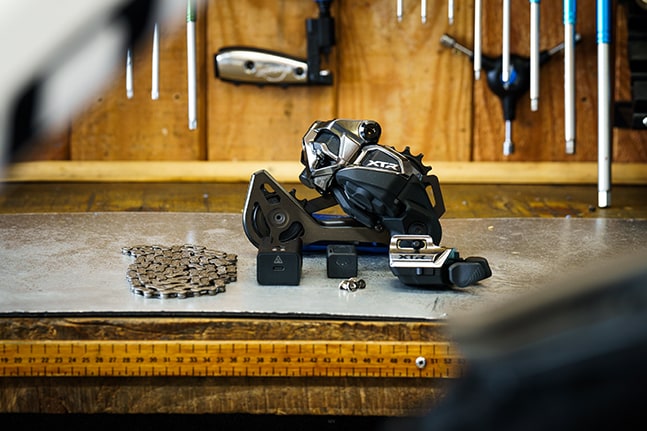







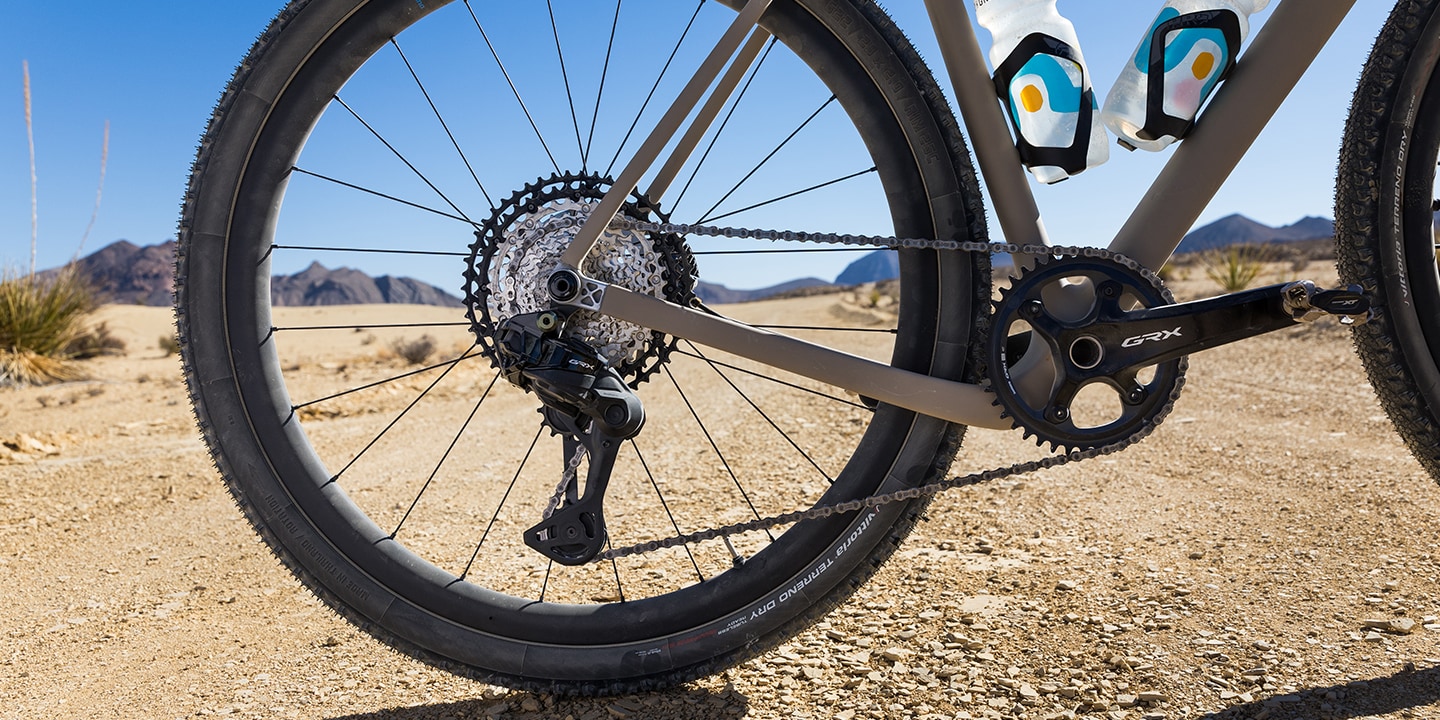
.jpg)



